Photos courtesy Dan Zev Levinson.
At the peak of Timber Wars tension between loggers and environmentalists in 1996, pony-tailed poet-teacher Dan Zev Levinson arrived at Scotia Elementary School for what would be the first of many week-long stints in Humboldt County schools. He was “young,” “naive” and admittedly “a little worried that loggers would be upset” about his presence in the company town.
“I was kind of looking over my shoulder,” Levinson recounted in a sit-down with the Outpost, “and instead the community just completely embraced me.”
He has returned to teach poetry at Scotia Elementary almost every year since, often supported by a grant from Humboldt Redwood Company.
Levinson has also taught at more than 90 other schools over the last 28 years – including the vast majority of Humboldt’s TK-12 institutions, College of the Redwoods and Cal Poly Humboldt. From Arcata to Bridgeville, Blue Lake to Orleans, Cutten to Carlotta, Eureka to Petrolia, and on through many, many more, he has brought his poetry program to students as a California Poets in the Schools (CalPoets) teacher.
Levinson’s go-to move upon meeting a new group of students: jump on a table, perform Lewis Caroll’s seminal nonsense poem “Jabberwocky.”
Founded in 1964, and celebrating the big 6-0 this year, CalPoets serves the dual purpose of engaging young people in reading, writing and publishing poetry while providing a career path for poets.
“We try to offer the poets of California ways to make money off their craft through service,” said Megan Hamill, executive director of CalPoets and a former Sonoma County poet-teacher.
The challenge of paying bills as a poet was certainly a prompting factor in Levinson’s school teaching, but money hasn’t been the (only) reason he’s stuck with it. He said the week in Scotia opened a door to the joys and rewards of teaching young people.
“I think I was supposed to be teaching poetry to kids, it was definitely a calling,” said Levinson, who, with an MA in Literature and an MFA in Creative Writing, had intended to stay the professorial track and teach adults.
Despite a lifelong love of playing with language, Levinson said he had no guidance in poetry as a young person and wrote “bad poetry for a long time.” Now, giving the mentorship he lacked to 2nd-12th grade students, he said he sees how creating and sharing poetry provides children with agency, tools for self-expression, and a window into learning that they are not alone – “that they do have something to say and that people might be listening.”
And so people are. Books of student poetry that Levinson edits and publishes – such as Van Duzen Voice (by students in the Van Duzen River Watershed), Eel River Expressions (by Loleta Elementary students) and A Splash in the Slamming Water (the most recent of annual collections out of Orleans Elementary) – often circulate in families and communities after his courses conclude, allowing students to see their own work in print and call themselves published poets.
The outlet that poetry provides students can be particularly helpful in regions like Humboldt that have higher-than-average instances of Adverse Childhood Experiences (ACEs) such as abuse, neglect or other traumatic household factors shown to increase likelihoods of mental illness, substance use disorder and physical health issues later in life.
“We think of our work as a healing art,” Hamill said, describing how CalPoets classes aid social and emotional development by providing safe ways for children to share.
Modern-day child development seems to need all the help it can get, as studies are showing. Since 2012, loneliness and friendlessness among young people have surged while reading and math scores have plummeted (not only in the United States, but globally), as a recent Atlantic article by social psychologist Jonathan Haidt illustrated.
Haidt points the finger at today’s “phone-based childhood,” which aligns with the literacy skills concerns Levinson said he’s witnessed among educators since smartphones entered the schools he works in.
“How are literacy skills life skills?” he asked, answering: “If you can put your words down in a coherent and maybe beautiful way, there you go. That’s going to help you get a job, that’s going to help you be a better communicator.”
In recent years, Levinson has also oriented his teaching to the specific sort of emotional resilience he believes kids will need in the world they stand to inherit. As studies show that young people are increasingly worried about climate change, and increasingly affected day-to-day by those worries, Levinson, who stopped flying on planes in 2019 to limit his own fossil fuel use, has brought the subject into his classrooms.
“I’m not holding back. More and more each year, I talk about it,” he said, “And sometimes I am a little concerned that I might get a teacher who’s not happy with what I’m doing. But usually they are chiming in.”
“This is really all we should be talking about,” Levinson concluded.
In 2020, a poem by one of his Humboldt County students was published in California Fire & Water, “a project to teach kids across California to write poems about the climate crisis as a way to work out their feelings about it.”
After almost 30 years with CalPoets, Levinson’s teaching, and the scale of the organization’s work overall, is still dictated by the ebb and flow of available funding, which, since pandemic funds for nonprofits and arts organizations have dried up, has been in a definite “ebb,” according to Hamill, who estimated that CalPoets had around 65 certified poet-teachers serving 20 of the state’s 58 counties last school year.
She identified three interrelated factors contributing to the lean budgetary situation.
The first: California’s estimated $56 billion deficit, which Governor Gavin Newsom’s proposed to address in part by decreasing funding to the California Arts Council (CAC), a primary CalPoets funder, by 38%.
Arts organizations and advocates successfully pressured the California Legislature to partially roll back the $10 million cut – which, if passed, would have placed California 45th in per capita arts funding, as the San Francisco Chronicle reported – but the CAC budget is still slated to be cut by $5 million in the coming year.
Second, Hamill identified local government budget deficits, such as Humboldt County’s current $12.3 million shortfall, and the associated decline in arts-specific funding pathways offered by cities and counties.
“Arts are going up against the food bank,” she said, “That’s a hard place to be in. There’s a reason why there were separate pathways.”
Proposition 28, which provided nearly $1 billion in new arts and music funding to schools, is counterintuitively the final factor Hamill named. She explained that because poetry is not explicitly included in California’s arts education standards, it didn’t make its way into the acceptable uses of Prop. 28 funding. But organizations like the CAC took its November 2022 passage to mean “less of a need for arts education funding.”
“They think its covered,” she said, explaining that the decrease in CAC arts education grants since Prop. 28 has put CalPoets in a “tricky position.”
Stacy Young, community outreach & engagement director at the Humboldt County Office of Education (HCOE), confirmed via email to the Outpost that she has also seen decreased CAC funding opportunities impact HCOE partners in the arts locally.
Speaking to the statewide level, Hamill said that budget constrictions are “difficult for both poets and kids that have become accustomed to the program.”
But Levinson, who’s taught through “fat and lean” funding years, said he believes local support for the arts and arts education has only increased over the decades he’s lived in Humboldt. He said that the feedback he continues to receive from parents and schools has helped him to know that he’s following his calling, despite the administrative hassle of scheduling and cobbling together funding for the 20-25 teaching stints he averages annually.
“Some students say they hate writing. And then after I am done, I’ll get reports from teachers and parents that the kid now keeps a journal,” Levinson said.
“If I can get them to fall in love with poetry, they suddenly become writers.”
Despite funding constraints, CalPoets anticipates an additional 10 certified poet-teachers next school year, bringing the statewide count to 75, according to Hamill.
Levinson also teaches workshops with adults at the Lost Coast Writers Retreat and is the author of two books (each an epic-length poem): Song of Six Rivers (available in local bookstores) and The Sauntering.
Levinson.
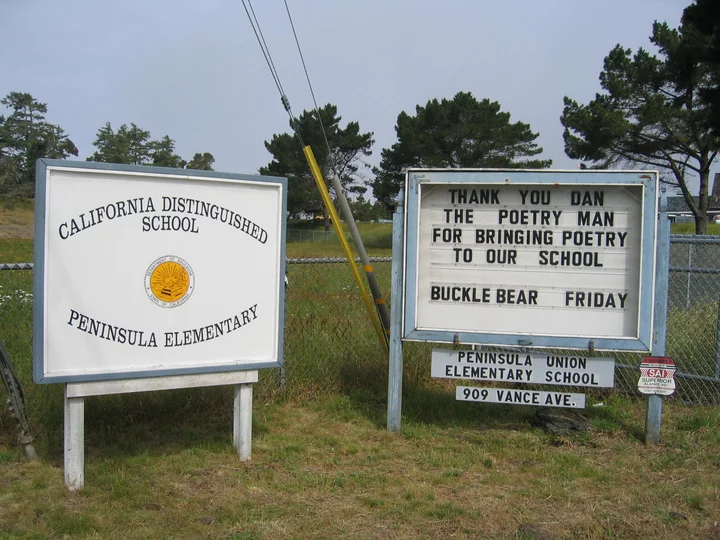
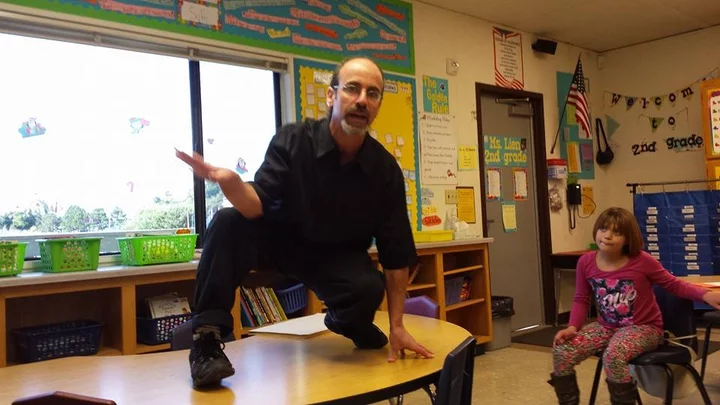
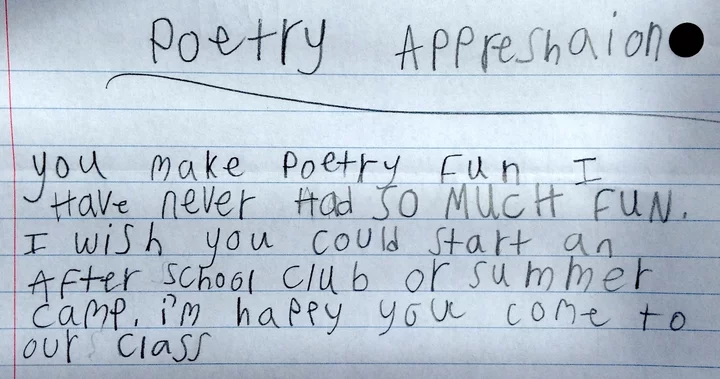
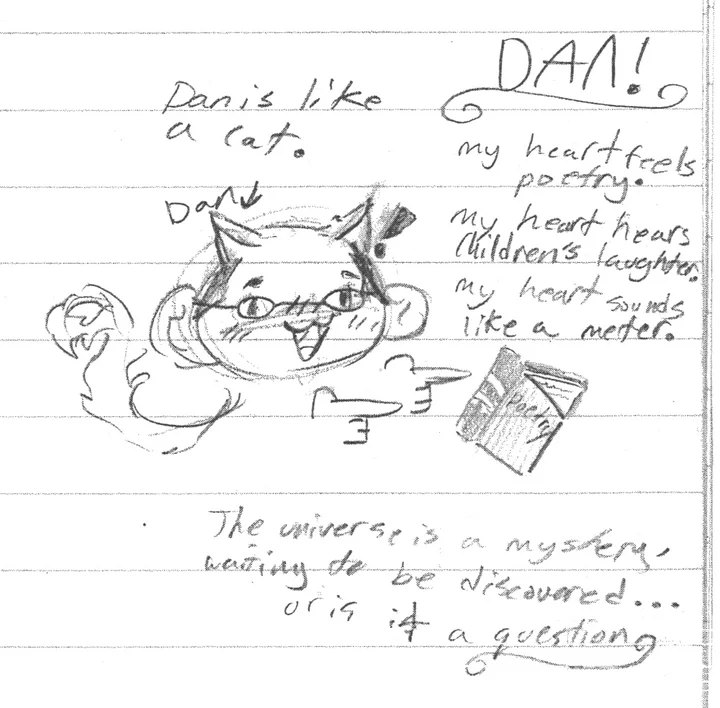
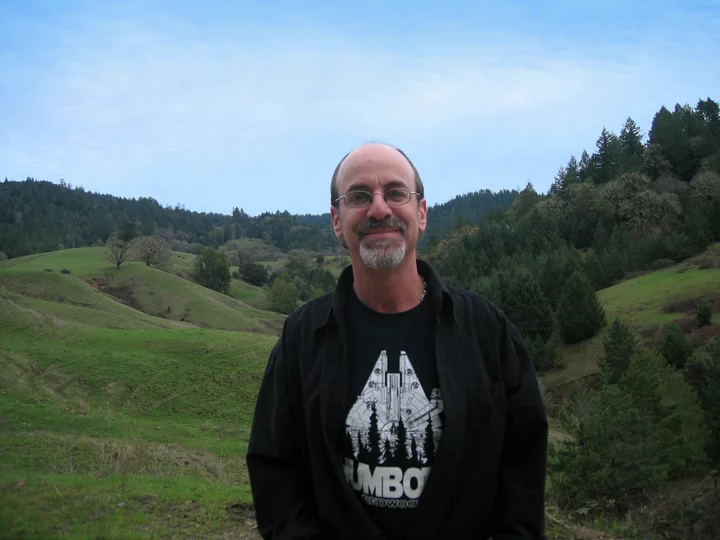
CLICK TO MANAGE